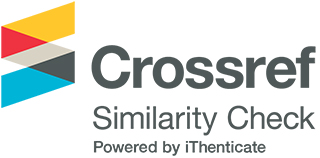Disruptive Integration of Digital Tools to Improve the Communicative Dimension in University Students in The Current Context
DOI:
https://doi.org/10.33422/ejte.v4i3.842Keywords:
Quality, digital tools, teaching learning, communicative dimensionAbstract
Education in current times has profound changes, at all levels and in all disciplines; in the case of universities, new elements and aspects to be considered in the teaching-learning process have been integrated; a fact that allows to empower the professional that society needs in the current context, maintaining the quality of higher education. The future professional requires substantially communication skills to access employment, work and entrepreneurship. The objective is to analyze how the disruptive integration of digital tools enhances the communicative dimension: ability to express, communicate and increase the technical vocabulary related to their specialty, identify the media and the way they use them to achieve their profile. The methodology used was descriptive - correlational, with a non-experimental observational design. The study sample consisted of 450 university students from the Social Sciences Area of the public university of the city of Ica, selected by probability sampling, to whom the questionnaire instrument was applied to evaluate the relationship of the variables under study. The result obtained shows a significant correlation at the 0.01 level, which allows determining the relationship between both variables.
Additional Files
Published
Issue
Section
License
Copyright (c) 2022 European Journal of Teaching and Education

This work is licensed under a Creative Commons Attribution 4.0 International License.













